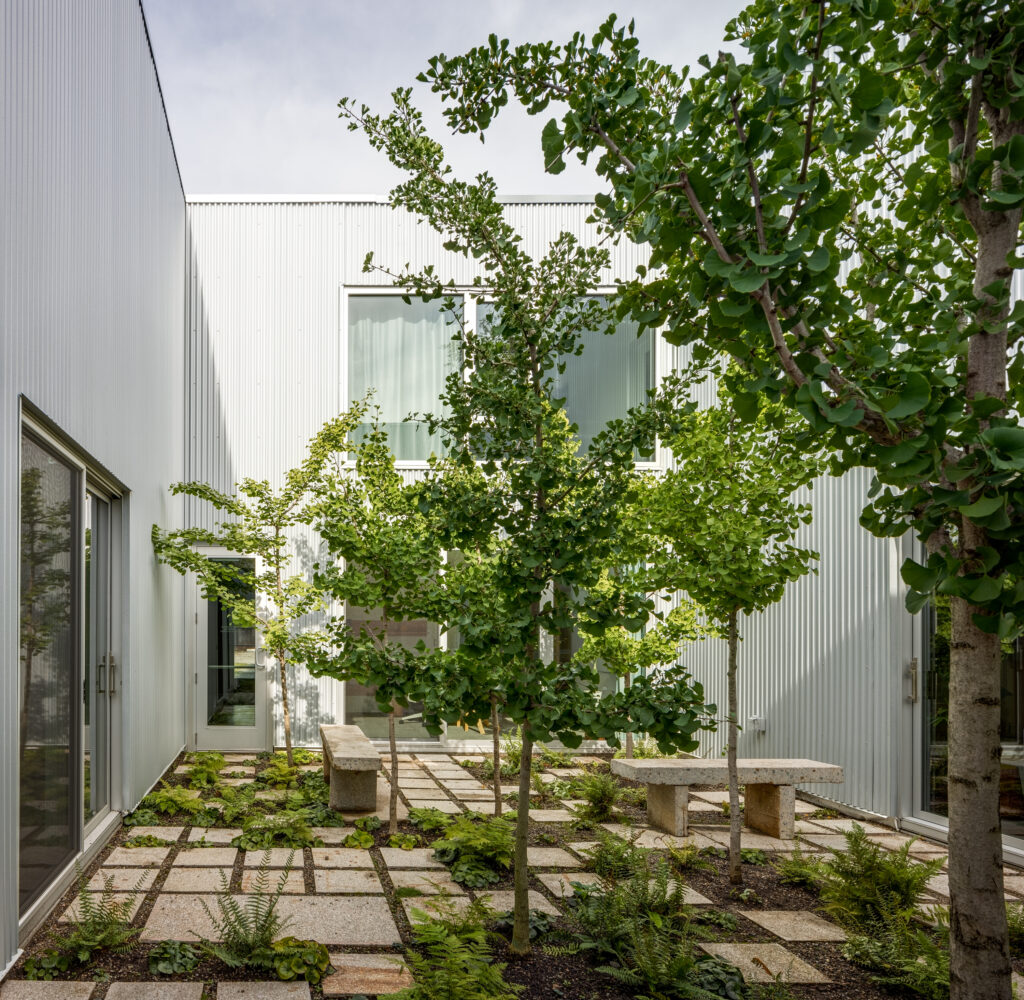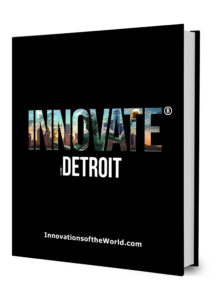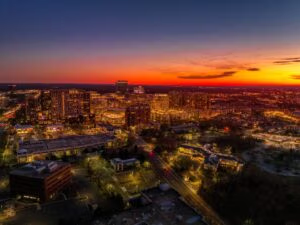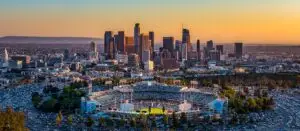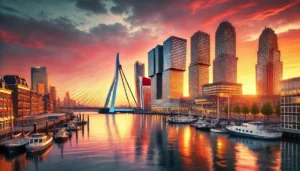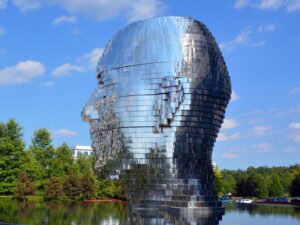Prince Concepts isn’t simply in the business of real estate—it’s in the business of transformation. Led by visionary developer Philip Kafka, this firm is rewriting the rules of urban development, turning overlooked spaces into thriving, purpose-driven communities. With a philosophy that values space as a living, breathing entity rather than a commodity, Prince Concepts is proving that patience, creativity, and bold ideas can redefine an entire cityscape.
Operating in Detroit’s Core City neighborhood, Prince Concepts has adopted a philosophy that prioritizes space as a product, not just a commodity. It can best be described as industrial-bohemian. “For us, it isn’t a matter of how much we build,” says Philip, “but rather how inspired where and what we create actually becomes.”
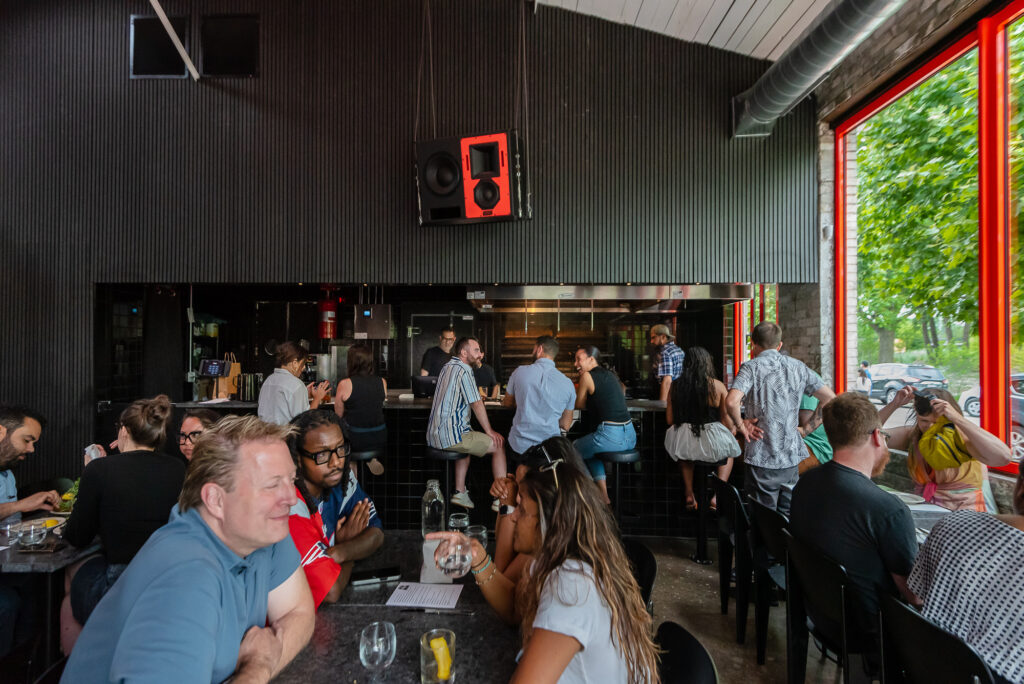
Building with Purpose, Not Just Profit
Since its inception in 2012, Prince Concepts has quietly but persistently reshaped the region surrounding the intersection of Grand River and Warren . The company has acquired and developed 25 contiguous acres, transformed over 70,000 square feet of previously abandoned buildings, and constructed 30 new housing units across multiple award-winning projects. More than 750 trees have been planted, and 60,000 square feet of public space have been crafted to ensure that Core City’s future is as green as it is vibrant.
Philip and Prince Concepts’ approach is a stark departure from traditional real estate models focusing solely on return on investment. “A real estate project should be an idea,” he explains. “Strong returns don’t make a place; big ideas do. And exceptional places produce returns. Great ideas offer value; they don’t extract it.”
Core City: A Model for Urban Reinvention
The heart of Prince Concept’s work is Core City, a neighborhood that has become a testament to what thoughtful, patient development can achieve. Rather than rushing to build and flip properties, Philip has taken the long view, prioritizing a sense of community within the businesses and residents of the enclave.
One of the company’s most recognized projects, True North, exemplifies this philosophy. Named 2017’s “Multi-Family Development of the Year” by Architects Newspaper, True North blends modern architectural ingenuity with sustainable living. It was also a finalist for the prestigious Mies Crown Hall America’s Prize, standing alongside landmarks like the Smithsonian National Museum of African American History.
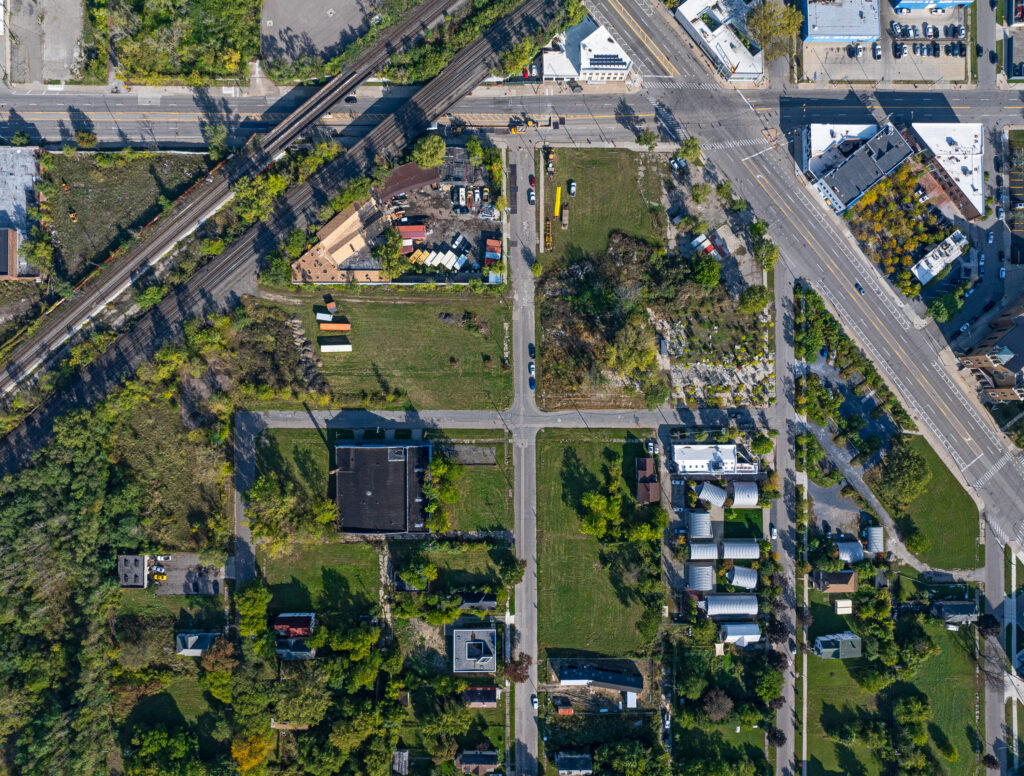
The Quonset Hut Revolution: Affordable, Inspired Living
A defining feature of Prince Concepts’ projects is using Quonset huts, an unconventional yet highly functional approach to urban development. Originally designed for military bases during World War II, these lightweight, semi-cylindrical steel structures caught Philip’s attention while reading a book about American military sites in Germany during World War II.
“I started to research them, and my premonition was correct,” Philip explains. “They’re inexpensive to build, and they can be put up quickly. But I wasn’t interested in just fast and cheap housing. The real benefit of Quonset huts is that their low cost per square foot allowed me to invest in an inspired place to be.
”Philip created homes and workspaces that defy traditional expectations by repurposing these structures. With 20-foot-high ceilings, entire walls of natural light, and an integration of green spaces, these spaces are both affordable and strikingly beautiful. “I planted 60 mature trees with that project,” he adds. “The savings on construction meant I could create an environment people actually wanted to be in.
”For Philip, this wasn’t about creating housing—it was about crafting an idea compelling enough to attract people to Core City, a neighborhood where few had previously considered living. “Nobody was saying, ‘I’ve got to live in Core City, Detroit.’ I needed to develop a product that was so inspired that people wanted to actually be there. I needed to make a place.
”Philip isn’t an architect but has created a unique aesthetic that celebrates simplicity. “Design isn’t the most interesting thing in the world to me,” Philip shares. “I’m interested in what you can do with simple things. It’s a philosophy instead of a set of design principles.
”The affordability of Quonset huts allowed for further experimentation with how space can shape community engagement. Prince Concepts created an urban village unlike any other in Detroit by integrating open courtyards, shared green spaces, and a harmonious blend of private and communal areas. It’s a model that draws the attention of city planners and developers across the country, proving that cost-effective housing solutions can be practical and inspiring.

Core City Park: Breathing Life into Forgotten Spaces
One of Prince Concept’s most striking transformations is Core City Park, an 8,000-square-foot green oasis once an asphalt parking lot. This urban woodland, filled with over 85 trees, repurposed materials from a demolished firehouse to build seating and pathways. “We designed and built this park with no engineers, no construction documents—just beautiful hand drawings and a lot of digging,” he explains.
The park is a perfect example of the company’s belief that urban development is not just about buildings but about fostering environments where people want to gather, live, and thrive. The park is now home to businesses like Café Prince and BARDA – a stunning, Argentian-inspired steakhouse, reinforcing that great ideas create demand rather than merely servicing it.
Public spaces are essential to any thriving neighborhood, and Core City Park represents a crucial shift toward human-centric urban planning. The design choices—natural seating, native plant species, and open-air gathering areas—encourage social interaction and reconnect residents with nature. This is a deliberate move by Philip and his team to ensure that urban renewal doesn’t just mean new buildings but a renewed way of living in the city.
Why Trees? A Long-Term Investment in Place
Prince Concepts’ commitment to planting trees isn’t just aesthetic—it’s deeply strategic. “I love trees, not just as an altruist, but as a businessman,” Philip says. “A person’s failure in business comes when they’re impatient. If you’re patient, the sky’s the limit. The best return on my investment will come in 10 or 15 years, when the trees I’ve planted have matured, creating a place people truly want to be.” Since working in Detroit, Philip has planted over 700 trees, seeing them as essential in establishing a true sense of place. “Most people in real estate think of a city as a market. I think of it as a place first. If you remove all the houses but keep the trees, you still have something beautiful. But if you remove the trees and leave the houses, you lose everything.” This careful balance of nature and architecture sets Prince Concepts apart.

A New Model for Detroit—And Beyond
Prince Concept’s success is evident not just in its architecture but also in its occupancy rates, which hover around 97%. Yet, Philip and his team are not rushing to scale up or spread thin. Instead, they continue refining and expanding their Core City projects, reinforcing their belief that consistency, dedication, patience, and focus bring real value to a neighborhood.
Detroit’s urban landscape, shaped by decades of industrial boom and bust, has found a champion in Prince Concepts. Through thoughtful design, a commitment to green space, and a belief in the power of ideas over mere investments, Philip and his team prove that development can be both financially successful and deeply meaningful.
“A city is a place before it’s a market,” Philip emphasizes. “A neighborhood is a place before it’s an investment.” Through its award-winning projects and dedication to building inspired spaces, Prince Concepts ensures that Core City—and Detroit—remain places where people live and truly belong.
By reshaping urban space with imagination and purpose, Philip offers a blueprint for the future of city living—one that doesn’t prioritize profit over people. Instead, he blends the two seamlessly, ensuring that Core City stands as a lasting testament to what is possible when development is driven by vision, not just valuation.
